NWUSS - Remote Arctic Technology Demonstration Project
Northern Watch Underwater Sensors Systems (NWUSS) [1] was a multi-year Technology Demonstration Project (TDP) operated by Defence Research and Development Canada (DRDC). The purpose of the project was to develop technologies and service capabilities to monitor remote coastal waters and passageways in the Canadian Arctic. The goal was to achieve a 12-month deployment of sensor arrays that could provide year-round monitoring and tracking in the Barrow Strait near Devon Island. The system would operate autonomously throughout the year and relay information to a central, southern operations center.
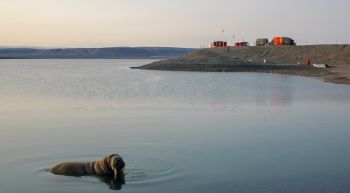
Successful Outcome
The NWUSS TDP led to multiple successes, new technologies, Canadian manufacturing capabilities, and re-established DRDC's research facilities in the Canadian Arctic on Devon's Island. Omnitech Electronics Inc. (OEI) was a major contractor and contributor to NWUSS. As part of the project, OEI supplied two passive acoustic line arrays which are the primary underwater sensors in the TDP. In collaboration with DRDC and a complementary project with FFI-Norway, Omnitech Electronics developed new passive acoustic array electronics, materials, and manufacturing capabilities that ultimately led to a successful outcome. DRDC developed handling and deployment experience, remote system operation and control systems, arctic power system designs and much more.
The final acoustic arrays were successfully deployed in 2015 and have been operating for periods throughout the years since. The shore-system power cells were last replaced in 2019 at which point the arrays were confirmed to be operating normally. The COVID-19 pandemic cancelled the 2020 and 2021 system tests and power-cell replacements, but future operations may resume in 2022.
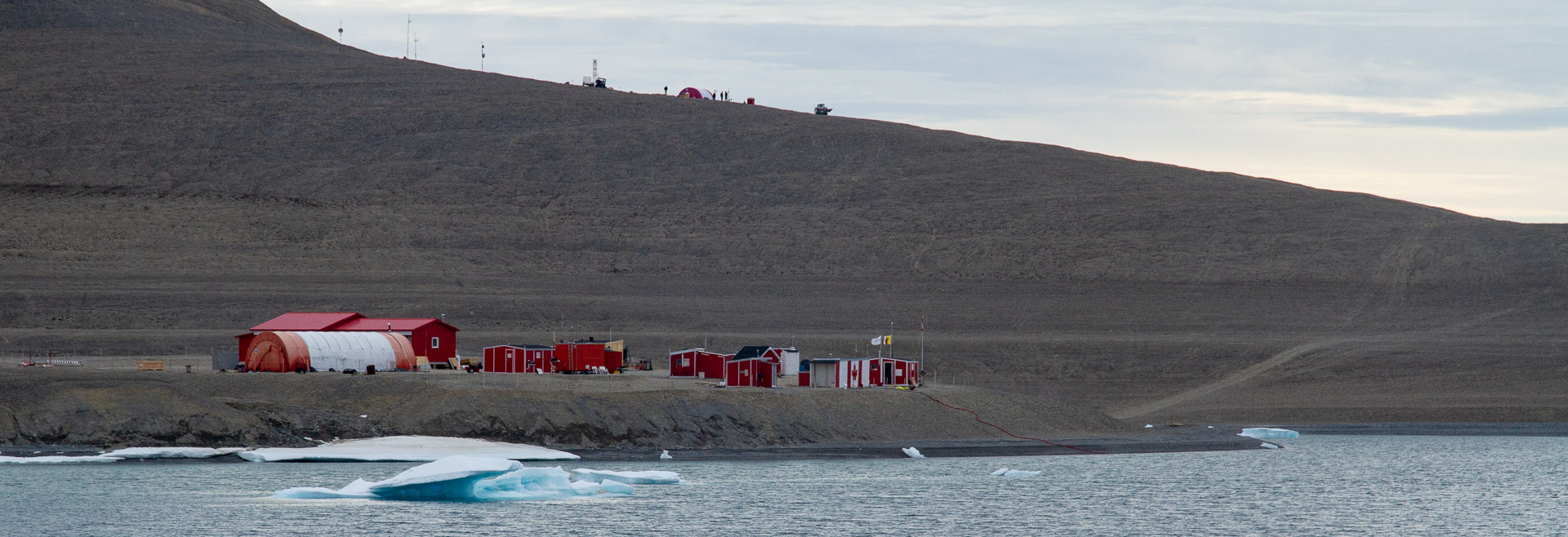
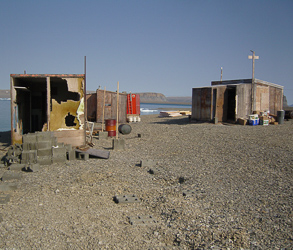
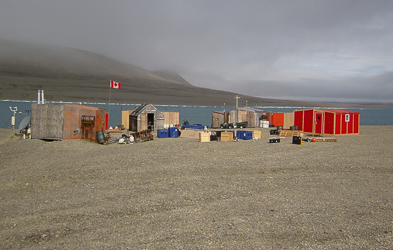

A Rocky Start Fueled New Innovations
The Northern Watch TDP began with a rocky start. The early system designs were plagued by contract delays, cancelled southern trials, unprecedented stretches of bad weather, and insufficient support and deployment equipment.
The first proof-of-concept arrays were constructed using materials and assembly techniques provided by two established underwater equipment manufacturers and incorporated sensors and electronics designed by Omnitech Electronics. These arrays operated for only a few days after deployment. Material incompatibilities, assembly flaws, and temperature extremes were all contributing factors to multiple modes of failure. Even off-the-shelf, wet-mate connectors that are ubiquitous in underwater systems were problematic in the first system trials. Nearly all bottom-laid rubber-based connectors and cables were partially consumed and severely damaged by small marine organisms within the first year.
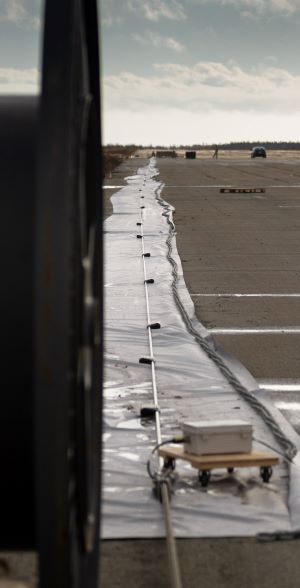
Despite the early problems, these first systems provided invaluable data. The arrays provided sufficient acoustic data to develop updated system requirements. The deployment concept was improved. The shore-cables, repeaters, mechanical assemblies, and ice-protection equipment were deployed, tested and inspected over a three-year+ period during which the new arrays were developed. The array material and assembly failures pushed Omnitech Electronics to develop new in-house manufacturing techniques and capabilities. All of which led to multiple improvements to Rapidly Deployable Sytems components that now form the basis of Omnitech Electronics' Digital Acoustic Surveillance Arrays (DASA).
No-Fail Approach Achieves Rapid Success
Following the first test deployments, Omnitech Electronics internalized all array manufacturing and hydrophone assembly for NWUSS. The resulting 2nd generation RDS acoustic arrays were then subjected to extensive engineering trials that included, extreme temperature cycles, tension strength tests, deployment spooling tests, extended sea trials, and acoustic calibrations. Each round of testing included static pressure cycling of all components to equivalent depths much greater than the expected deployment maximums for NWUSS.
This test regime and our in-house manufacturing shift have proven effective. After multiple deployments, recoveries, and more than 5 years underwater, the NWUSS arrays are fully operational with zero sensor failures. Two NWUSS acoustic arrays were successfully deployed from Gascoyne Inlet from DRDC's research facility on Devons Island, Nunavut, Canada, in 2015 and have been operating for periods throughout the years since. The arrays connect through an ice-protected shore cable to a remote, onshore, operating and satellite communication station. The arrays were operated during summer trial periods each year and then powered by fuel cells and operated autonomously for periods over each winter. The last summer trial was in 2019 at which point the arrays were confirmed to be operating normally. The COVID-19 pandemic cancelled the 2020 and 2021 system tests and power-cell replacements, but future operations may resume in 2022.
Continued Development
Omnitech Electronics continues to improve on the NWUSS RDS components which now form the basis of our Digital Acoustic Surveillance Arrays (DASA). We have developed, world-class DASA systems for deep-water data recording, wide-array surveillance, and mammal monitoring and tracking. We continue to use and improve RDS technologies in our passive acoustic line arrays, small directional acoustic sub-arrays, and portable magnetic ranges.
